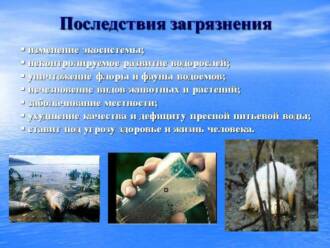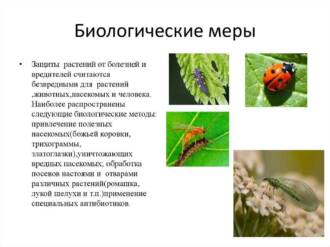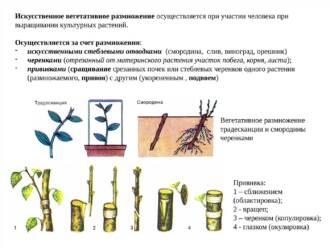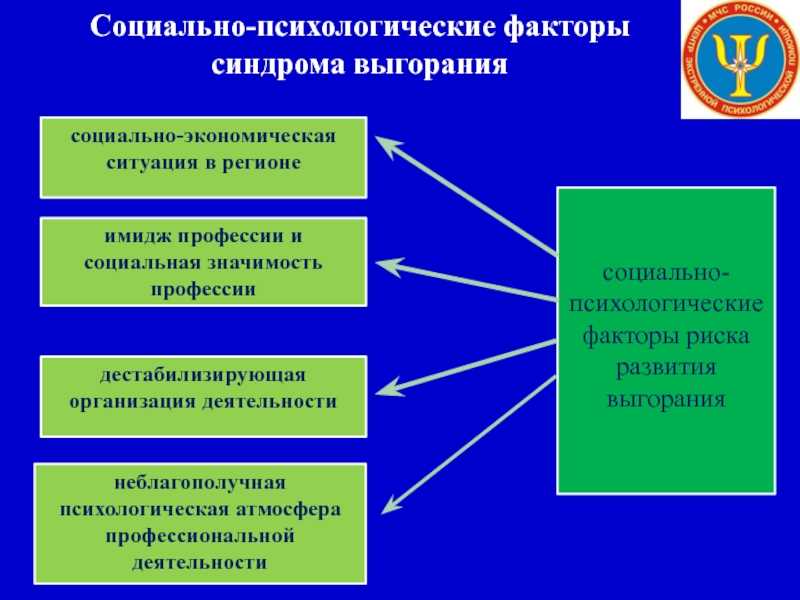
Butterflies, beautiful creatures of nature, have become an object of interest for many people. However, human intervention in their life cycle and habitat can seriously threaten their survival. In this article, we look at the roles of individuals and the public in the fight to conserve butterflies and their habitats.
Butterfly caregivers play an important role in their conservation. They can create and maintain special gardens that attract butterflies and provide them with food and shelter. In addition, they can study and monitor butterfly populations, helping to determine their abundance and condition. Also, individuals can take part in the butterfly breeding and release program, helping to increase their numbers in nature.
However, the role of the public in the conservation of butterflies is also essential. Community organizations and government agencies can run awareness and education campaigns to raise awareness of butterfly issues. They can also support and fund scientific research aimed at studying butterflies and developing methods for their conservation. In addition, the public can take part in environmental actions and work to restore the natural habitats of butterflies.
The fight against human interference in the life of butterflies is a complex and multifaceted task that requires the efforts of both individuals and the public. Only by joint efforts can we ensure the conservation of these beautiful creatures and preserve the biological diversity of our planet.
The roles of individuals and the public in butterfly conservation
individuals, play an important role in the conservation of butterflies. They can create and maintain ideal living conditions for these colorful insects. First, individuals can provide enough food for butterflies by planting plants on which they can feed. Some butterflies, such as monarchs, are specialists in certain types of plants, so it is important to plant their preferred plants.
In addition, individuals may provide a place for butterflies to breed and lay eggs. Some butterflies lay their eggs only on certain plants or under certain conditions. Providing such places will help to increase the population of butterflies and help them survive.
Also, individuals can participate in a program to breed and return butterflies to the wild. This may include raising butterflies from eggs or caterpillars and then releasing them into the wild. Such programs can play an important role in the conservation of vulnerable butterfly species and the restoration of their populations.
The role of the public
Public also plays an important role in the conservation of butterflies. It can take an active part in the protection and restoration of their habitats. For example, the public can organize planting events to raise awareness of the need to conserve butterflies and their habitats.
In addition, the public can take part in monitoring butterfly populations. This may include observing the abundance and species of butterflies, as well as tracking changes in their habitats. Such information can be useful in determining the level of threat to butterflies and developing measures to protect them.
Moreover, the public can support and fund research and conservation programs for butterflies. This allows scientists and organizations to conduct research about butterflies, their habitats, and the factors that affect their survival. Such research helps to develop effective strategies for the conservation of butterflies and their habitats.
The impact of human intervention on butterflies

Butterflies are one of the most beautiful and amazing members of our nature. However, human intervention in the environment can have a serious impact on their life and survival. The negative consequences of such interference can be diverse and affect various aspects of the life of butterflies.
1. Destruction of natural habitat
One of the main problems associated with human intervention is the destruction of the natural habitat of butterflies. The main causes of this phenomenon are the expansion of urban areas, the paving of roads, deforestation and the exploitation of natural resources. As a result, butterflies lose their habitats, food and reproductive resources, which leads to a decrease in their populations and the extinction of some species.
2. Use of pesticides and insecticides
One of the biggest threats to butterflies is the use of pesticides and insecticides in agriculture. These chemicals can cause significant harm not only to harmful insects, but also to beneficial insects, including butterflies. They can accumulate in the tissues of butterflies, cause poisoning and death, and also lead to disruption of their reproduction and development.
3. Violation of migration routes
Some species of butterflies migrate long distances, moving from one area to another. Human intervention, such as the construction of roads and buildings along migratory routes, can disrupt their normal migration. This can lead to a decrease in butterfly populations and even their complete extinction in some regions.
In general, human interference has a negative effect on butterflies, leading to a decrease in their numbers and diversity. In order to preserve these beautiful creatures, their inhabitants must take steps to protect their natural habitat, use safe farming practices, and consider the needs of butterflies when developing new territories.
The Role of Individuals in Butterfly Conservation

Individuals play an important role in the conservation of butterflies, as their actions directly affect the habitat of these beautiful insects. They can take a number of measures to create favorable conditions for butterflies and their reproduction.
Creating and Maintaining an Appropriate Habitat
Individuals can create and maintain a habitat that is ideal for butterflies. They may plant plants that serve as a food source for caterpillars and nectar for adults. It is also important to consider that some species of butterflies have specific requirements for their habitat, so it is necessary to study their needs and prepare their habitat accordingly.
Avoiding the use of harmful chemicals
Individuals can help conserve butterflies by avoiding the use of harmful chemicals such as pesticides and herbicides. These substances can have a negative effect on butterflies, destroying their food plants or polluting the waters that are their source of drinking water. Instead, individuals may be looking for more sustainable alternatives for maintaining their gardens and home gardens.
Education and enlightenment
Individuals can play an active role in educating and educating the public about the importance of butterfly conservation. They can organize lectures, workshops, and events about the biology of butterflies, their roles in the ecosystem, and the steps anyone can take to help conserve them. Also, individuals can draw attention to the problem of butterfly vulnerability by posting information on social networks and participating in public actions to preserve nature.
In general, the role of individuals in the conservation of butterflies is very important, and their actions can have a significant positive effect on the conservation of their abundance and diversity.
The Importance of Education and Public Information

One of the main components of the fight against human interference in the life of butterflies is education and public awareness. People need to be aware of the importance of butterfly conservation and how their actions can affect their existence.
Education allows people to understand that butterflies are an integral part of the ecosystem and perform important functions such as pollinating flowers and controlling insect populations. With this knowledge, people can make more informed decisions in their daily lives to reduce negative impacts on butterflies.
Public awareness also plays an important role in butterfly conservation. People need to be aware of the various threats that butterflies face such as habitat loss, pesticide use and climate change. This information helps people understand that their actions can have long-term consequences for the ecosystem and biodiversity.
In order to effectively inform the public about the importance of butterfly conservation, a variety of communication methods must be used. This can be educational events, the creation of informational brochures and posters, the placement of materials in the media and social networks. It is also important to involve the public in butterfly conservation projects so that people can directly influence their fate.
In general, education and public awareness play a key role in the fight against human interference in the life of butterflies. The more people realize the importance of conservation of butterflies and take an active part in their conservation, the greater the chance of preserving these beautiful and important creatures for future generations.
Butterfly habitat protection
Butterflies play an important role in the ecosystem, performing the function of plant pollinators. To preserve their abundance and diversity, it is necessary to provide a favorable habitat.
Limiting the use of pesticides. One of the main factors affecting the survival of butterflies is the use of pesticides in agriculture and plantings. Toxic substances can accumulate in the bodies of butterflies, causing poisoning and death. Therefore, it is necessary to limit the use of chemical plant protection products and preferably use safer alternative methods.
Creation of natural reserves and reserves. To preserve the habitat of butterflies, it is necessary to create special natural reserves and reserves where they can live and breed in a safe environment. In these territories, conditions must be created for the development of vegetation on which butterflies feed at different stages of their development.
Preservation of natural biotopes. One way to protect the habitat of butterflies is to preserve natural habitats such as grasslands, forests and swamps. These places serve as a source of food and shelter for butterflies. It is important to preserve the integrity of these territories and prevent their destruction under the pressure of human activity.
Raising public awareness. In order to effectively fight for the conservation of the habitat of butterflies, it is necessary to raise public awareness of the importance of their role in the ecosystem and what measures can be taken to protect them. This can be done through information campaigns, educational events and public involvement in environmental projects.
Cooperation with scientific researchers. To effectively protect the habitat of butterflies, it is important to collaborate with scientific researchers who study their ecology and behavior. Their research will help identify vulnerabilities and develop effective conservation measures for butterflies and their habitats.
Creation of special sites for butterflies in cities
In cities where human activity and modern infrastructure interfere with the natural habitat of butterflies, the creation of special sites becomes a necessity. This will allow not only to preserve and increase the number of butterflies, but also to create a favorable environment for their reproduction and development.
One way to create such sites is to designate special parks or gardens where plants will be planted that attract butterflies. These areas can accommodate a variety of flowers and herbs that serve as a source of food and a place to lay eggs. Such special sites can be organized both in city parks and on the roofs of buildings or other places accessible for arrangement.
It is also important to consider that the creation of special sites for butterflies should include not only the placement of plants, but also the observance of certain conditions. For example, in these areas, the use of chemical fertilizers and pesticides should be avoided, as they can harm not only butterflies, but also other insects. It is also necessary to provide the presence of reservoirs or other sources of moisture that will serve as a source of drinking water for butterflies.
Creating special areas for butterflies in cities is an important step in preserving and protecting these amazing creatures. Such places will not only be attractive to tourists and city residents, but will also help preserve biodiversity and ecological balance in the urban environment.
The Role of Government Agencies in Butterfly Conservation
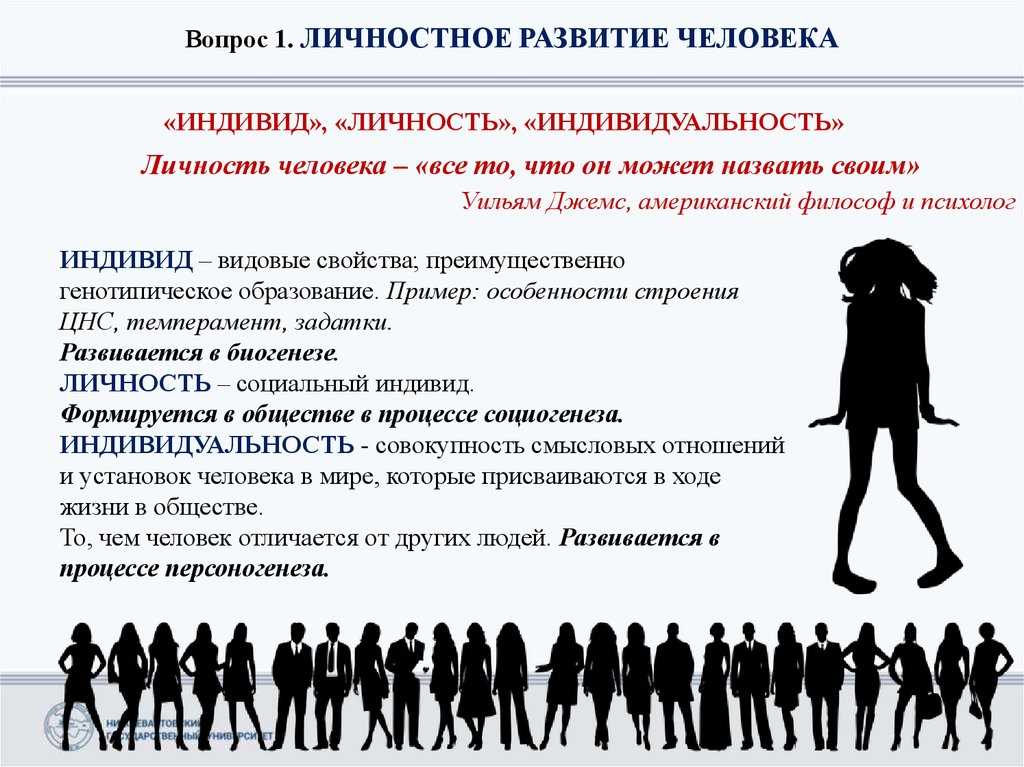
Public authorities play an important role in the conservation of butterflies, as they have the ability to take action and develop strategies to protect their habitats. They can create and maintain nature reserves, protected areas and national parks where butterflies can live and breed in a safe environment.
Government officials can conduct monitoring and research to determine the population and distribution of different butterfly species. This allows them to more accurately assess threats and develop strategies to eliminate or mitigate them.
Government agencies may also regulate the use of pesticides and other chemicals that can be harmful to butterflies. They can develop laws and regulations that restrict the use of certain substances, as well as conduct education and information campaigns to raise awareness of the dangers of these substances to butterflies and other wildlife.
However, the role of state bodies in the conservation of butterflies is not limited to the development and implementation of rules and measures. They may also provide financial resources to support research, conservation and restoration programs for butterflies. This allows you to carry out the necessary work to create favorable conditions for the development and reproduction of butterflies.
Involving the public in monitoring and observing butterflies
Butterflies are an important part of the ecosystem, and their conservation requires the attention and efforts of not only scientists and organizations, but also ordinary people. Involving the public in the monitoring and observation of butterflies plays a key role in their protection and conservation.
One way to get the community involved is through community events such as butterfly walks. This allows people to become familiar with the variety of butterfly species and their characteristics, as well as learn to recognize them.
For more systematic monitoring and observation of butterflies, you can create special groups or communities where people can share their observations and photos of butterflies. Such communities may use online platforms or social media to share information and coordinate their activities.
An important aspect of community involvement is education and awareness about butterflies. Conducting lectures, seminars and master classes helps to expand knowledge about the role of butterflies in the ecosystem, their vulnerability and methods of protection. You can also create information materials, brochures and memos to help people better understand how to conserve butterflies and their habitats.
The individual actions of each person are also significant. Creating gardens and vegetable gardens with plants that attract butterflies helps create a favorable environment for them to live. You can also avoid using chemical pesticides and insecticides that can harm butterflies and their caterpillars.
Involving the public in the monitoring and observation of butterflies is an important step in the fight against their decline and extinction. The more people who are interested in and care about the conservation of butterflies, the greater the chance for their well-being and conservation for future generations.
Using environmentally friendly pest control methods

Pest control is an important part of the conservation of butterflies and their ecosystem. However, frequently used chemical control methods can harm the environment and other living organisms. Therefore, more and more scientists and practitioners are striving to use environmentally friendly methods of pest control.
One of these methods is the use of biological preparations that contain microorganisms or natural substances that can destroy pests. For example, the bacterium Bacillus thuringiensis, which produces a toxin that is only harmful to certain types of insects, can be used to control caterpillars. This method is safe for humans and other living organisms, does not have a negative impact on the ecosystem.
Another effective way to control pests is to use mechanical methods. For example, installing special insect traps allows you to collect and destroy pests without the use of chemicals. Physical control methods can also be used, such as removing pest nests and eggs.
It is important to note that the use of environmentally friendly methods of pest control requires a systematic approach and coordination of public actions. Only through joint efforts can effective pest reduction and conservation of butterflies and their ecosystems be achieved.
Collaboration with scientific researchers to develop conservation strategies
Butterfly conservation is a complex task that requires an integrated approach. Active collaboration with scientific researchers is essential to successfully combat human interference and develop effective conservation strategies.
Scientific researchers play an important role in studying the biology and behavior of butterflies, their migration, habitats and environmental impacts. Their expertise makes it possible to determine the most vulnerable species and populations of butterflies, as well as to identify factors that negatively affect their survival.
Collaboration with scientific researchers allows systematic research and monitoring of butterfly populations. Based on the data obtained, it is possible to develop individual conservation strategies for each species, taking into account its characteristics and needs.
Researchers are also helping to develop and test new methods and technologies to protect butterflies from harmful influences. They are experimenting and evaluating the effectiveness of various protection measures, such as creating nature reserves, regulating pesticide use, and improving habitats.
Therefore, collaboration with scientific researchers is an integral part of the butterfly conservation strategy. Their knowledge and experience help develop and implement the most effective protection measures, helping to preserve the diversity and beauty of these amazing creatures.
Implementation of global butterfly conservation programs
Butterfly conservation is an important aspect of biodiversity and ecosystem conservation. To effectively combat the threats posed by human interference, the implementation of global butterfly conservation programs is becoming increasingly important.
One of the key objectives of global programs is to study and monitor butterfly populations. To do this, scientific research is carried out, data are collected on the number of species, their habitat, migrations and other factors affecting their survival.
Another important aspect of the programs is education and public awareness of the role of butterflies in the ecosystem and the need for their conservation. Public events, exhibitions, lectures and other forms of public education are organized to help raise people's awareness and engage them in active support of butterfly conservation programs.
In addition, global programs include the creation and protection of special areas for butterflies. These can be reserves, national parks, botanical gardens and other natural areas where favorable conditions are created for the life and reproduction of butterflies.
An important aspect of the programs is also cooperation with local communities and stakeholders. Providing information and educating local residents allows partnerships to be built and the effectiveness of butterfly conservation programs to be improved.
The implementation of global butterfly conservation programs requires a collaborative effort between scientific organizations, government institutions, civil society organizations and the public at large. Only under the condition of joint action can we ensure the conservation of butterflies and the maintenance of the ecological balance in nature.

